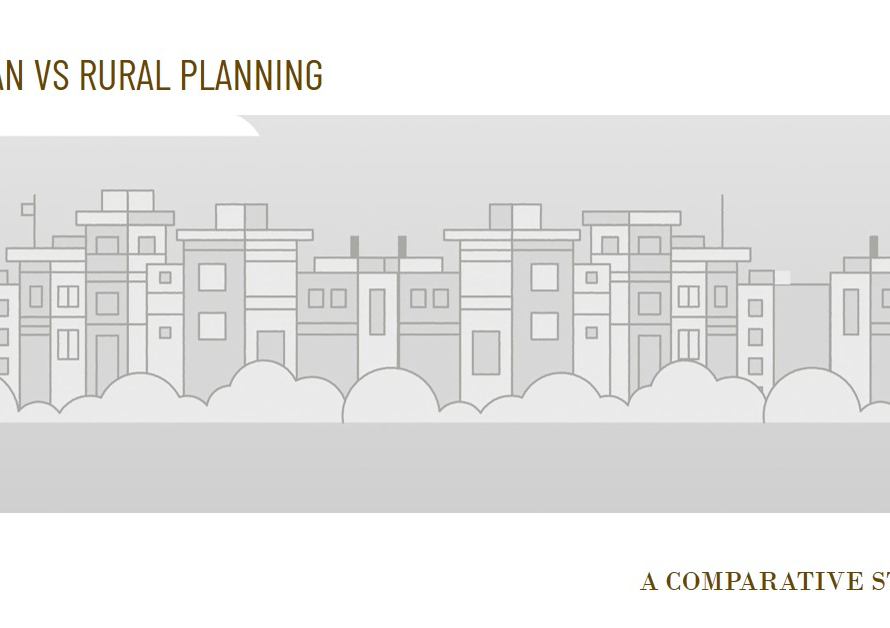
Table of Contents
- Introduction to Boulder: A Perfect Backdrop for Environmental Design
- The Academic Excellence of Boulder’s Environmental Design Programs
- A Closer Look at the Curriculum
- Hands-On Learning: Laboratories and Workshops
- The Role of Internships and Professional Experience
- Engaging with the Boulder Community
- Research Opportunities and Innovation
- Networking and Professional Development
- Post-Graduation Opportunities and Career Prospects
- Conclusion: Why Boulder is the Ideal Place for Environmental Design
Introduction to Boulder: A Perfect Backdrop for Environmental Design
Nestled against the foothills of the Rocky Mountains, Boulder, Colorado, provides an idyllic setting for studying environmental design. This vibrant city is renowned for its commitment to sustainability, innovative spirit, and breathtaking natural landscapes. With its unique blend of urban sophistication and outdoor adventure, Boulder offers an unparalleled environment for aspiring environmental designers.
Moreover, Boulder’s progressive mindset and strong environmental ethos create a fertile ground for academic exploration and professional growth. Students here are not only surrounded by stunning natural beauty but also immersed in a community that values ecological responsibility and forward-thinking design.
The Academic Excellence of Boulder’s Environmental Design Programs
The University of Colorado Boulder stands at the forefront of environmental design education, offering a comprehensive program that equips students with the knowledge and skills needed to excel in this dynamic field. The program’s curriculum is meticulously crafted to blend theoretical foundations with practical applications, ensuring a well-rounded educational experience.
Furthermore, the faculty at CU Boulder comprises distinguished professionals and researchers who bring a wealth of expertise and real-world insights into the classroom. Their guidance helps students navigate the complexities of environmental design, fostering a deep understanding of sustainable practices and innovative solutions.
A Closer Look at the Curriculum
CU Boulder’s environmental design program covers a broad spectrum of topics, from foundational design principles to advanced sustainable practices. Students begin their journey with courses that introduce them to key concepts in design, architecture, and urban planning. These foundational courses lay the groundwork for more specialized studies in later years.
As students progress, they delve into more complex subjects such as ecological design, landscape architecture, and environmental impact assessment. This comprehensive approach ensures that graduates are well-equipped to tackle the multifaceted challenges of modern environmental design, whether in urban planning, sustainable architecture, or landscape design.
Hands-On Learning: Laboratories and Workshops
One of the hallmarks of studying environmental design in Boulder is the emphasis on hands-on learning. The program boasts state-of-the-art laboratories and workshops where students can apply theoretical knowledge to real-world scenarios. These facilities are equipped with the latest tools and technologies, enabling students to experiment with innovative design techniques and sustainable materials.
In addition, collaborative projects and design studios play a crucial role in the curriculum. These immersive experiences foster teamwork and creative problem-solving, allowing students to work on projects that address real environmental issues. Through these practical applications, students gain invaluable experience and develop a portfolio that showcases their skills and creativity.
The Role of Internships and Professional Experience
Boulder’s vibrant design community offers numerous opportunities for internships and professional experience. CU Boulder maintains strong connections with local firms, non-profit organizations, and government agencies, providing students with a wealth of internship opportunities. These internships are instrumental in bridging the gap between academic learning and professional practice.
During their internships, students work alongside seasoned professionals, gaining insights into the daily operations of design firms and organizations focused on sustainability. This real-world experience not only enhances their practical skills but also helps them build a network of industry contacts, which can be invaluable when seeking employment after graduation.
Engaging with the Boulder Community
Studying in Boulder means more than just attending classes; it’s about engaging with a community that is deeply committed to environmental stewardship. The city’s numerous environmental initiatives and sustainability programs provide students with ample opportunities to get involved and make a tangible impact.
For instance, students can participate in local conservation projects, urban farming initiatives, and community planning efforts. These experiences not only enrich their understanding of environmental design but also instill a sense of responsibility and purpose. By working on projects that benefit the local community, students learn the importance of creating designs that are not only functional but also socially and environmentally responsible.


Research Opportunities and Innovation
CU Boulder is a hub of innovation and research in environmental design. The university encourages students to engage in research projects that push the boundaries of sustainable design. Whether it’s developing new materials, exploring cutting-edge technologies, or studying the impacts of climate change on urban planning, students have access to a wide range of research opportunities.
The university’s research centers and institutes, such as the Environmental Design Research Association (EDRA) and the Institute for Arctic and Alpine Research (INSTAAR), provide platforms for interdisciplinary collaboration. These centers bring together experts from various fields to address complex environmental challenges, offering students a chance to contribute to groundbreaking research and solutions.
Networking and Professional Development
Boulder’s environmental design program places a strong emphasis on professional development. Throughout their studies, students have numerous opportunities to attend conferences, workshops, and seminars where they can network with industry professionals and thought leaders. These events are crucial for staying updated on the latest trends and advancements in environmental design.
Moreover, CU Boulder hosts career fairs and alumni events that connect students with potential employers. These networking opportunities are instrumental in helping students secure internships and job placements. By interacting with professionals and alumni, students gain valuable insights into the industry and learn about various career paths within environmental design.
Post-Graduation Opportunities and Career Prospects
Graduates of CU Boulder’s environmental design program are well-prepared to embark on successful careers in a variety of fields. The comprehensive education they receive, combined with practical experience and professional networking, opens doors to numerous opportunities in architecture, urban planning, landscape design, and sustainability consulting.
Many graduates find employment with leading design firms, government agencies, and non-profit organizations. Others choose to pursue further studies, such as a master’s degree in architecture or urban planning, to specialize further and enhance their career prospects. Regardless of the path they choose, CU Boulder’s alumni network and career services provide ongoing support to help graduates achieve their professional goals.
Conclusion: Why Boulder is the Ideal Place for Environmental Design
In conclusion, studying environmental design in Boulder offers a unique and enriching experience. The city’s commitment to sustainability, coupled with CU Boulder’s exceptional program, provides students with the perfect environment to grow and thrive as environmental designers. From hands-on learning and research opportunities to professional development and community engagement, Boulder’s comprehensive approach ensures that students are well-equipped to make a positive impact in the world of environmental design.


